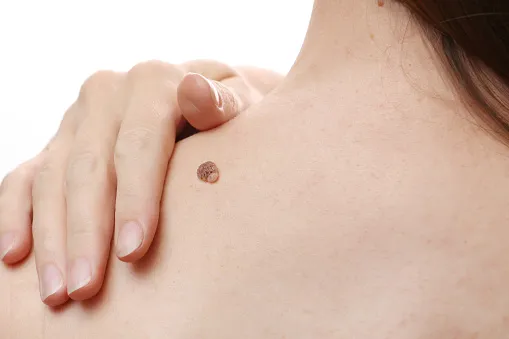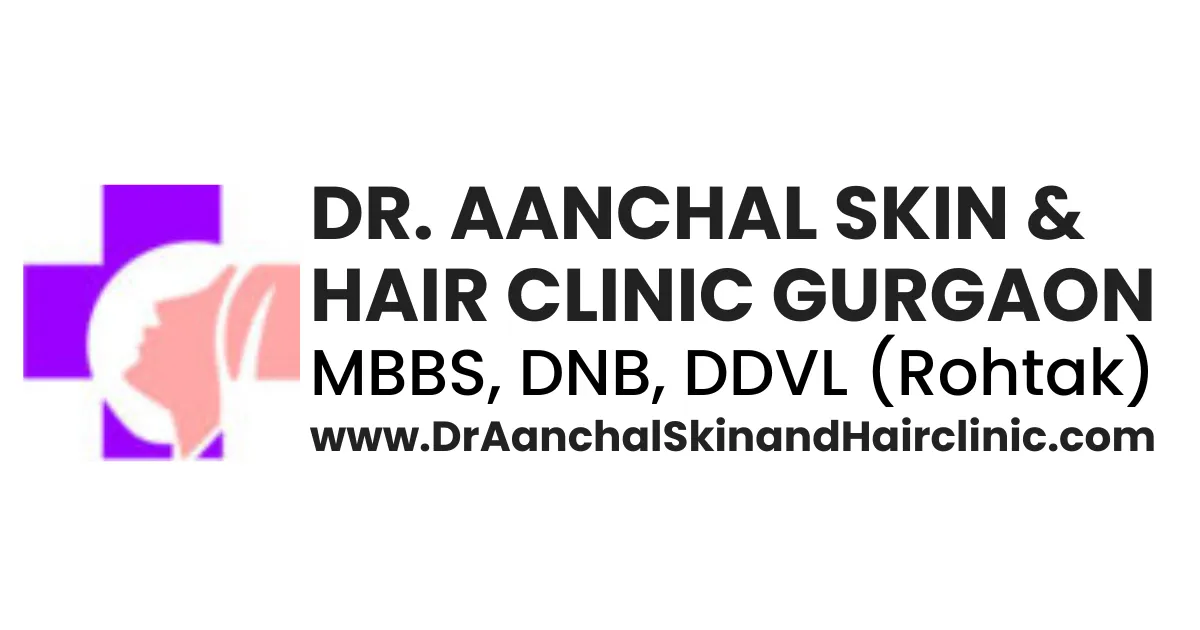
Mole and wart removal are common cosmetic procedures that involve the removal of unwanted growths on the skin. Moles and warts can be unsightly and, in some cases, can even pose a health risk. The removal process typically involves the use of specialized tools, such as a scalpel or laser, to cut or burn away the growth. The procedure is usually performed in a doctor’s office or dermatology clinic by a qualified healthcare provider. The recovery time for mole and wart removal is typically minimal, with patients able to resume normal activities within a few days of the procedure. However, it’s important to care for the treated area properly to minimize the risk of infection or scarring.
Here are some additional details about Mole Wart Removal:
Types of Moles and Warts: There are different types of moles and warts, and the type of removal method used depends on the specific type of growth. Common types of moles include junctional moles, compound moles, and dermal moles, while common types of warts include plantar warts, flat warts, and common warts.
Removal Process: The removal process for moles and warts may involve a variety of techniques, such as shave excision, electrosurgery, laser therapy, or cryotherapy (freezing the growth with liquid nitrogen). The type of technique used will depend on the size, location, and type of mole or wart being removed. The procedure is typically performed under local anesthesia, and the patient may experience some discomfort or pain during the procedure.
Recovery: The recovery time for mole and wart removal is usually minimal, with patients able to resume normal activities within a few days of the procedure. It’s important to keep the treated area clean and dry to minimize the risk of infection or scarring. The healthcare provider may recommend using an over-the-counter antibiotic ointment to promote healing.
Side effects: Common side effects of mole and wart removal include pain, redness, and swelling at the treatment site. Scarring may also occur, although this is usually minimal. In rare cases, patients may experience an allergic reaction to the anesthesia or develop an infection.
Follow-up: After the procedure, patients will need to schedule a follow-up appointment with their healthcare provider to ensure that the growth has been completely removed and to monitor the healing process. In some cases, multiple treatment sessions may be required to completely remove the growth.
Are you struggling with Skin & Hair concerns?
Book your Appointment with Dr. Aanchal Sehrawat
Most Trusted Dermatologist In Delhi NCR
Get Flat 10% Off on Online Consultation
No Payment Required!
